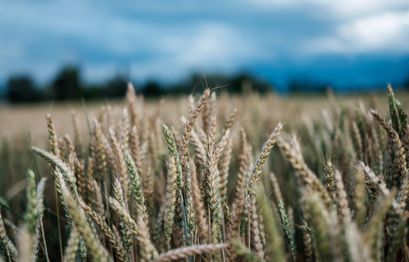Crop yields are a vital aspect of every farmer’s life, having an effect on how profitable their land can be. Learning how to improve and increase crop yields is critical to successful farming, and new technology and methods of planting have given farmers the chance to increase the production of crops and maintaining long term sustainability of their farm.
Thanks to corn hybrids and smarter planting methods, corn crop yield rates have increased steadily over time. Farmers have a much better understanding of their soil, the nutrients that might be lacking and when they need to plant seeds, and here, we look at a few ways to further improve yield.
1.Planting at the right time
Deciding on the best time to plant is one of the most important things to think about. The best way to go about it is looking at your soil – if it is ready, begin planting. The hybrid seeds that we tend to use today make for a more sustainable product, but knowing whether your field is ready for planting is absolutely key. Planting early can help increase crop yields by making the most of any unexpectedly good soil conditions.
2. Seasonal Soil Rotation
When you plant season by season, it is essential to understand how planting the same crops can affect your yield in the longer term. For example, it has been shown that by planting corn year after year can reduce yield. It should only be done if the conditions of your soil are absolutely optimal, or you have limited land. Otherwise, consider planting different crops in the alternating years. It also helps to diversify the pressure and demands on your soil, giving it more time to recover in between harvests and give you a better yield.
3. Understand the yield potential
You need to understand your field and the potential of the yield it may produce – it is not enough to plant seeds and hope for the best. Work out over a few years or seasons the yield that is generated, and base your expectations on that average. If your yield is consistently below that, you know there is an issue somewhere and can take steps to rectify it.
4. Ensure Correct Water Drainage
The management of water is critical to the survival of your crops and making the most of your yield potential. It is crucial that your crops are getting enough water, but that at the same time, they aren’t being over watered. Having a drainage system in your crops can prevent them from being waterlogged and help with sanitization of the soil, both of which can negatively affect your yield.
5. Make the most of fertilizers
Caring for your soil with fertilizers is a critical component of making sure your land is in optimal condition for producing a good crop. Fertilizing your crops at the time of seeing can mean they get all of the essential nutrients that they need to facilitate growth. For more information about fertilizers and sprayers, visit this website.









